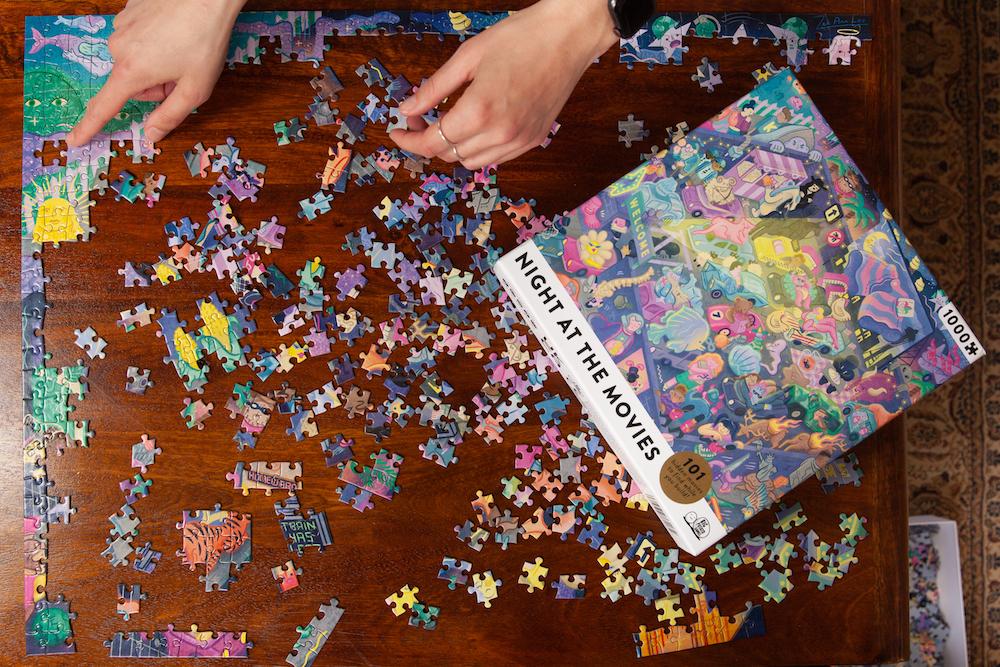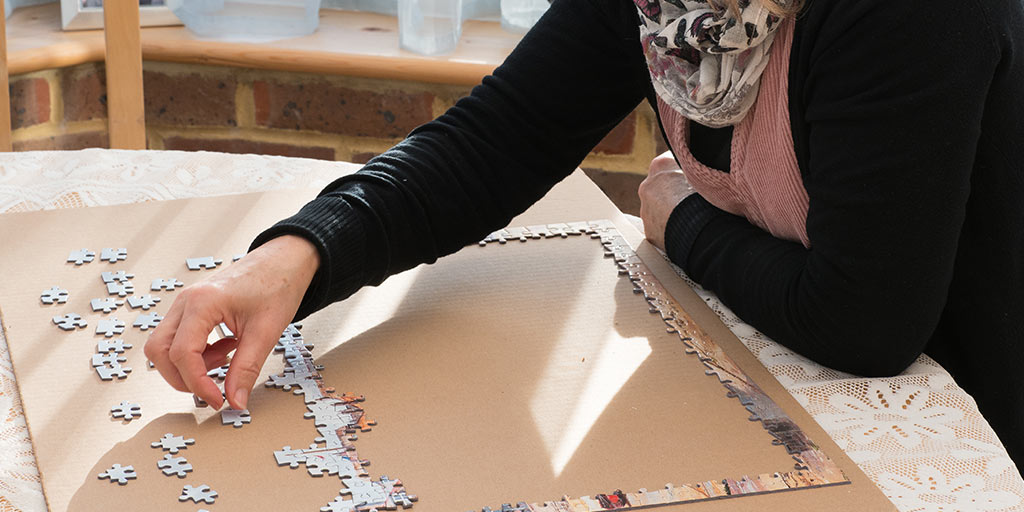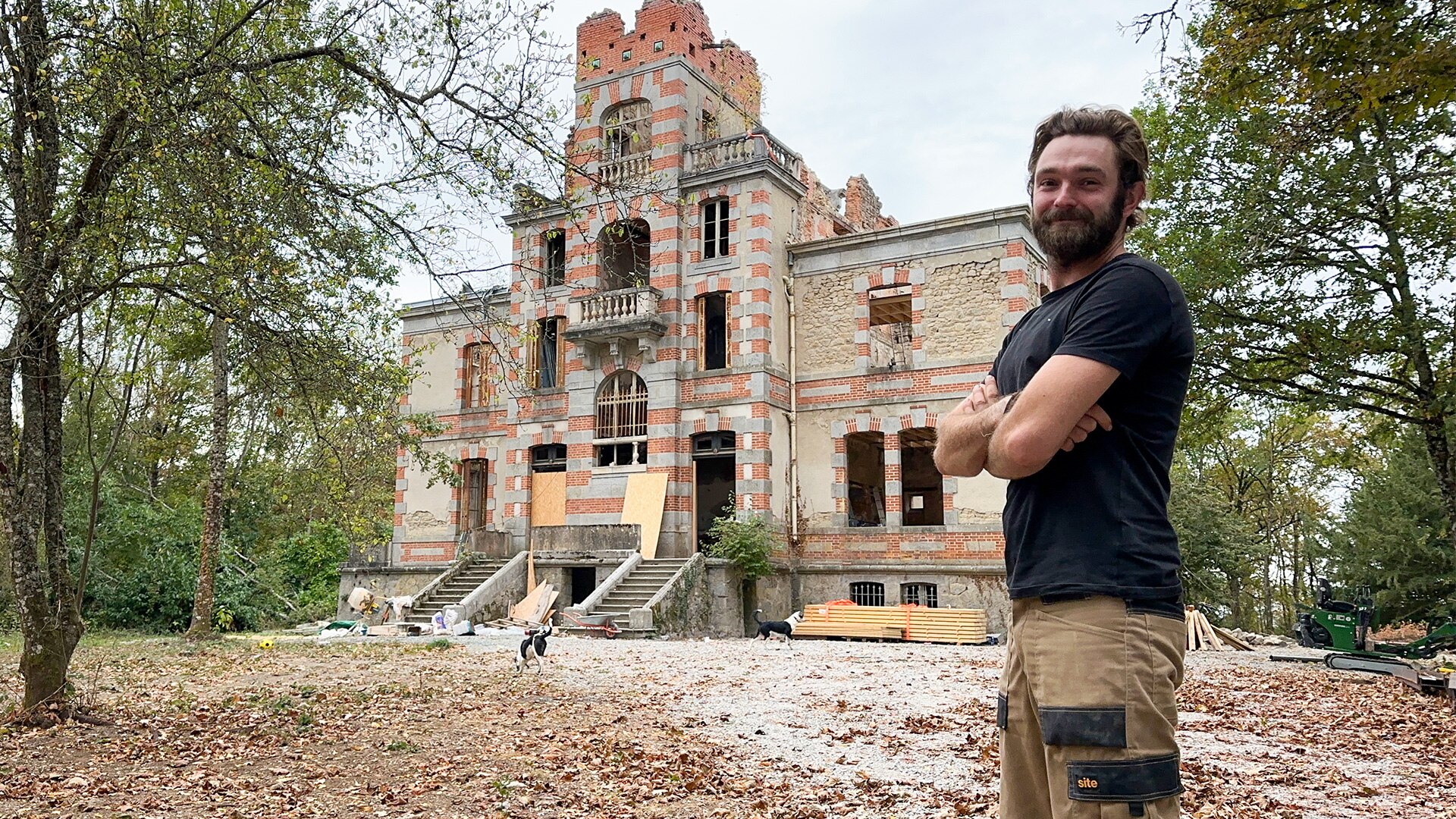Framing a completed jigsaw puzzle is one of the best ways to celebrate your achievement and turn your hard work into lasting wall art. Knowing how to frame a puzzle properly helps preserve the vibrant colours and intricate connections puzzle designs while showcasing your favourite hobby with pride. Whether it’s a classic jigsaw puzzle, a tricky strands puzzle, or a limited-edition GCHQ Christmas puzzle, the right framing technique will keep your puzzle intact and ready for display.
This guide will walk you through the essential steps on how to frame a puzzle, from preparation to display, covering everything you need to know to achieve a professional finish. With useful tips and common pitfalls to avoid, you’ll soon be hanging your framed puzzle like a seasoned pro. Let’s dive into the detailed process that transforms your completed puzzle into a stunning piece of art.
Preparing Your Puzzle for Framing
The first step in learning how to frame a puzzle involves preparing the puzzle itself carefully. Once you’ve completed the puzzle on a flat, stable surface, it’s important to make sure all the pieces are firmly connected. This reduces the risk of any parts loosening during the framing process. Most puzzle enthusiasts use puzzle glue to permanently bond the pieces. This glue is designed to dry clear and protect your jigsaw puzzle from falling apart, whether it’s a complex monkey puzzle tree or a daily Wordle-style puzzle.
If you want to avoid using glue, there are alternative ways to secure your puzzle. For instance, gently rolling the puzzle with a rolling pin can help flatten the surface and hold pieces in place. Using double-sided tape or adhesive sheets is another popular method. These options work especially well for puzzles you may want to disassemble later or for delicate editions like the Hogwarts Legacy door puzzle. Preparing the puzzle thoroughly is a crucial foundation for successful framing.
Choosing the Right Mounting Surface and Frame
Selecting the right mounting surface is vital when framing your puzzle. The most common choice is a puzzle board—available in foam, cardboard, or professional puzzle board varieties. Your mounting board should be cut precisely to the size of your glued puzzle, providing a firm backing that prevents bending or damage. Foam boards offer a lightweight but sturdy option, ideal for heavier puzzles like the GCHQ Christmas puzzle 2024 or elaborate strands puzzles.
Once your mounting board is ready, the next step in how to frame a puzzle is picking the perfect frame. Frames come in countless styles, sizes, and finishes, so it’s important to find one that fits your puzzle’s dimensions and complements your home décor. For particularly intricate puzzles or irregular shapes, such as a puzzle box or monkey puzzle designs, custom frames offer the best fit and aesthetic appeal. Taking time to choose the right frame enhances both the protection and presentation of your puzzle.
Mounting Your Puzzle to the Board

Mounting your puzzle securely onto the backer board is one of the most critical steps in how to frame a puzzle. Start by trimming the board so it matches the puzzle size exactly—too large, and the puzzle may shift; too small, and it won’t fit properly inside the frame. To attach your puzzle, apply adhesive either on the back of the puzzle or the front of the board, depending on your chosen method.
It’s essential to use gentle pressure to avoid damaging delicate pieces, especially with puzzles featuring detailed artwork or unusual shapes like the sun dial puzzle or the Loewe puzzle bag design. Securing the puzzle firmly prevents movement inside the frame, protecting your hard work from loosening or warping over time. For added stability, some hobbyists use tape along the edges or hot glue dots underneath certain puzzle pieces, particularly in connections puzzle sets that may have weaker joins.
Fitting and Securing Your Mounted Puzzle Into the Frame
Once your puzzle is mounted to the board, placing it inside the frame requires care and precision. Begin by removing any backing materials or protective paper from your frame and cleaning the glass or acrylic pane. Dust or fingerprints on the glass can distract from your puzzle’s beauty, so a clean surface is essential for a professional finish.
Place the mounted puzzle carefully into the frame, ensuring it sits evenly. Secure the backing board tightly using the frame’s clips or fasteners. If your frame doesn’t have a tight backing, consider using additional tape or adhesive to keep the puzzle board from shifting. This is especially important for larger puzzles like the GCHQ Christmas puzzle 2024 or bulky puzzle box editions. Securing your puzzle firmly ensures it will stay perfectly in place for years to come.
Displaying and Caring for Your Framed Puzzle
Knowing how to frame a puzzle doesn’t stop once it’s in the frame. Proper display and maintenance are crucial to preserving your masterpiece. Avoid hanging your framed puzzle in direct sunlight, which can cause fading or damage to the glue over time. Similarly, places with high humidity or fluctuating temperatures can affect the puzzle’s adhesive and board, so choose a stable environment.
For cleaning, gently dust the frame and glass with a soft cloth. Avoid harsh chemical cleaners that might seep inside and damage the puzzle or mounting materials. If you have multiple puzzles, consider using puzzle bags or boxes for safe storage until you’re ready to frame your next project. With the right care, your framed puzzle will remain a treasured part of your home décor for many years.
Quick Bullet-Speed Summary: How to Frame a Puzzle
- Complete the puzzle on a flat surface, ensuring all pieces fit snugly.
- Secure the puzzle with glue or alternative methods like tape or rolling pin.
- Choose a sturdy mounting board (foam or cardboard) cut to size.
- Select a frame that fits your puzzle and matches your style.
- Mount the puzzle onto the board using adhesive carefully.
- Clean the frame glass before inserting the mounted puzzle.
- Secure the mounted puzzle inside the frame tightly to avoid movement.
- Display in a location away from sunlight and moisture.
- Dust and maintain regularly for long-lasting preservation.
Conclusion on How to Frame a Puzzle
How to frame a puzzle is a rewarding skill that transforms your completed jigsaw from a pastime into a stunning decorative piece. From the careful preparation and gluing to choosing the right board and frame, each step plays a role in preserving your work. Whether your puzzle is a traditional jigsaw, a challenging connections puzzle, or a special edition like the GCHQ Christmas puzzle, framing it correctly ensures your achievement lasts for years.
With these detailed instructions, anyone can learn how to frame a puzzle with confidence. Your framed puzzle will not only display your skill but also bring a unique personal touch to your home. So gather your favourite puzzles, choose your materials, and start creating beautiful, framed memories today.
FAQs About How to Frame a Puzzle
What is the best glue for framing a puzzle?
Puzzle glue specifically designed for jigsaws is best. It dries clear and protects without damaging the pieces.
Can I frame a puzzle without using glue?
Yes, you can use adhesive tape, a rolling pin to flatten the puzzle, or special adhesive sheets as non-permanent alternatives.
How do I stop my puzzle from fading in the frame?
Avoid placing your framed puzzle in direct sunlight and keep it in a dry environment to preserve colours.
Is a puzzle board necessary for framing?
A puzzle board provides stability and support, making it highly recommended to avoid bending or damage.
Can I frame irregularly shaped puzzles?
Yes, but you may need custom frames and special mounting techniques for puzzles like monkey puzzle tree or puzzle box designs.
You may also read: Paper Bag Snowflakes DIY: Easy £1 Christmas Craft for Magical Home Decor




